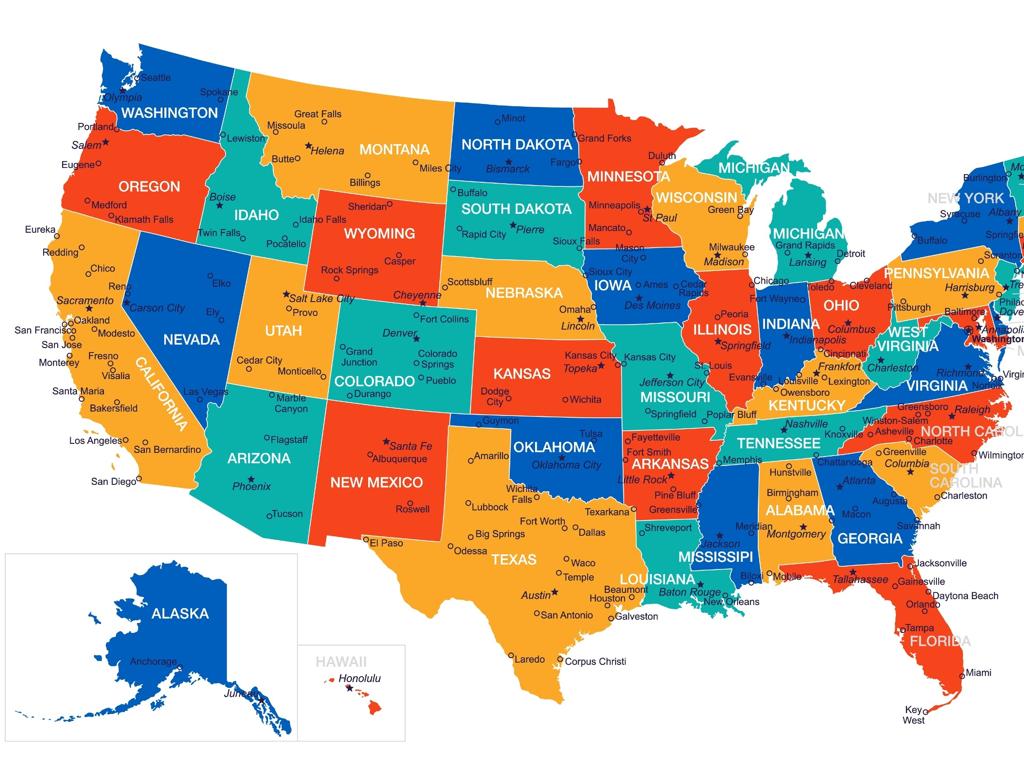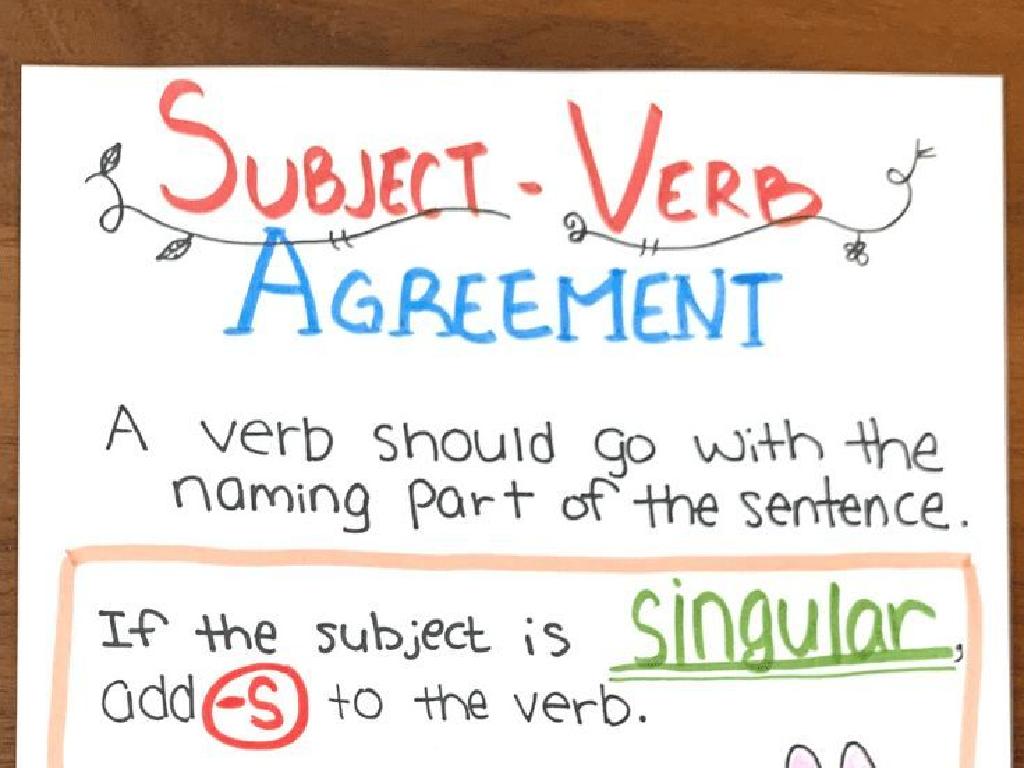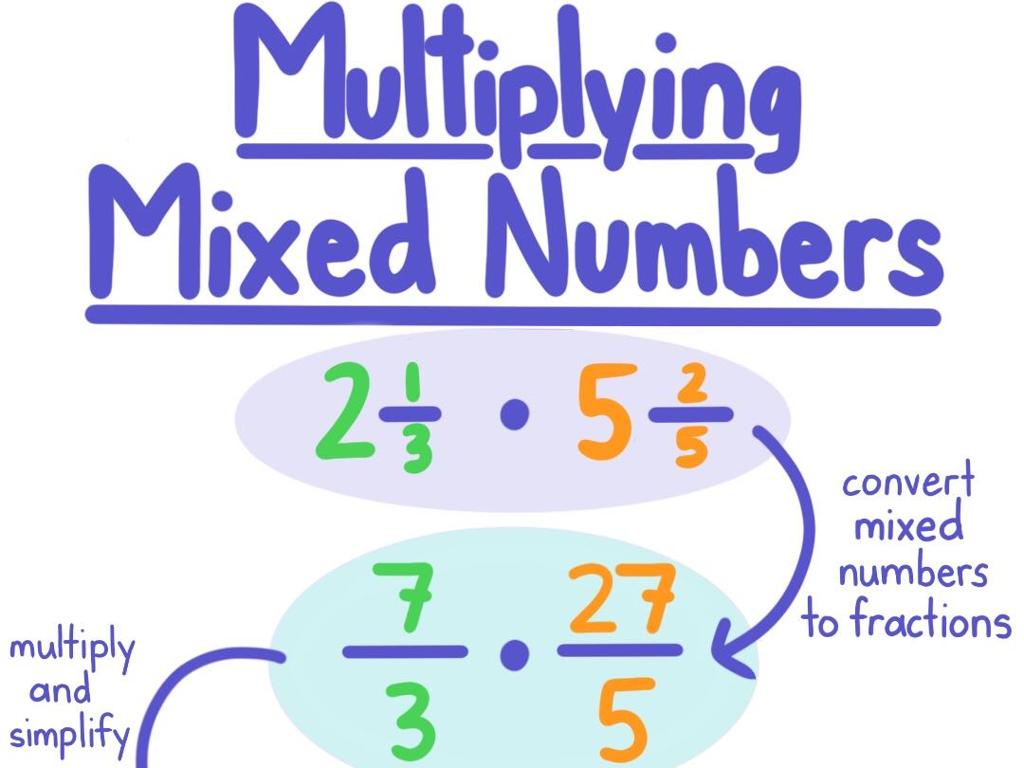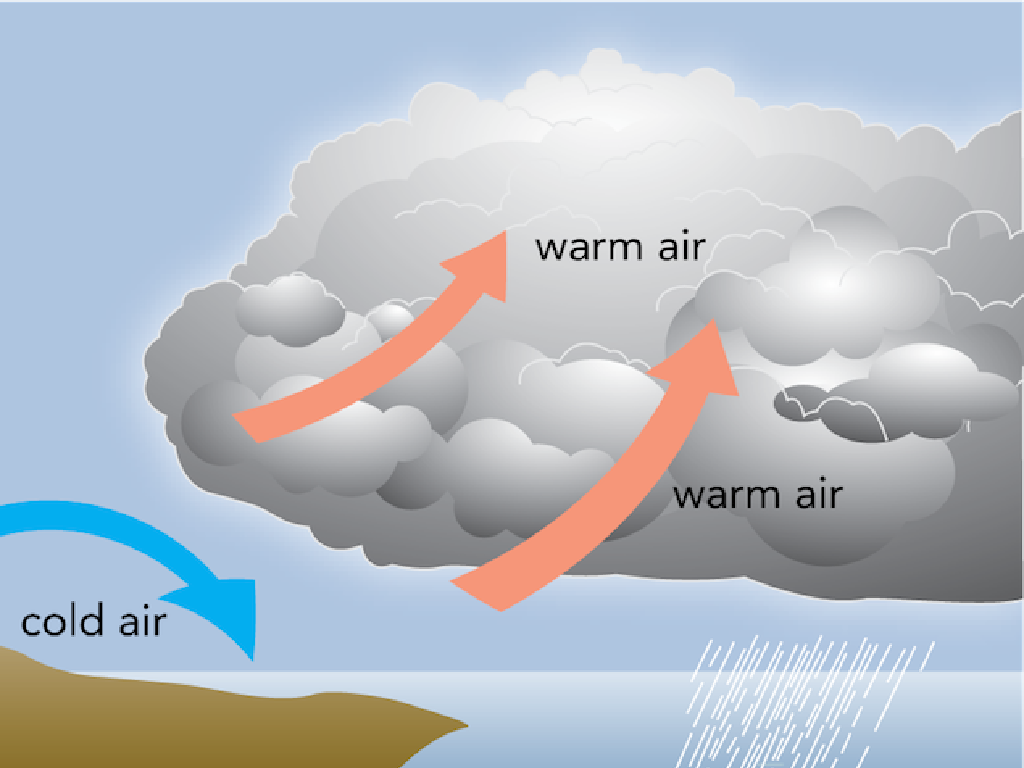Form And Use Comparative And Superlative Adverbs
Subject: Language arts
Grade: Eighth grade
Topic: Adjectives And Adverbs
Please LOG IN to download the presentation. Access is available to registered users only.
View More Content
Mastering Comparative and Superlative Adverbs
– Role of adjectives and adverbs
– Adjectives describe nouns, adverbs modify verbs, adjectives, and other adverbs
– Focus on comparative and superlative adverbs
– Comparative adverbs compare two actions, while superlative adverbs compare three or more
– How to form comparative adverbs
– Add ‘-er’ to the adverb or use ‘more’ for two-syllable or more adverbs, e.g., ‘quicker’ or ‘more quickly’
– Using superlative adverbs correctly
– Add ‘-est’ to the adverb or use ‘most’ for two-syllable or more adverbs, e.g., ‘quickest’ or ‘most quickly’
|
This slide introduces the concept of adjectives and adverbs, focusing on their comparative and superlative forms. Begin by explaining the basic functions of adjectives and adverbs. Then, delve into comparative adverbs, which are used to show the difference in action between two subjects (e.g., ‘She runs faster than her brother’). Next, explain superlative adverbs, which are used when comparing the action of more than two subjects (e.g., ‘She runs the fastest in her class’). Provide examples and encourage students to form sentences using both comparative and superlative adverbs. Emphasize the rules for forming these adverbs, including exceptions and irregular forms. The goal is for students to understand and apply these forms in their writing and speech.
Exploring Adverbs: Comparative and Superlative Forms
– Recap: Definition and role of adverbs
– Adverbs modify verbs, adjectives, adverbs
– ‘She sings beautifully’, ‘incredibly smart’, ‘runs very quickly’
– Examples: gently, quite, very
– Activity: Find adverbs in sentences
– Identify and classify adverbs in provided examples
|
Begin with a brief review of adverbs, emphasizing their function to modify verbs, adjectives, and other adverbs. Provide clear examples to illustrate how adverbs can change or enhance the meaning of a sentence. For the activity, present students with a variety of sentences and ask them to identify the adverbs and discuss what words they are modifying. This will help reinforce their understanding of how adverbs function within a sentence. Encourage students to explain why they think a word is an adverb and what clues helped them identify it. This interactive activity will prepare them for understanding comparative and superlative adverbs in subsequent lessons.
Comparative Adverbs
– Define comparative adverbs
– Adverbs that compare two actions, e.g., ‘quieter’, ‘more quietly’
– Forming comparative adverbs
– Add ‘-er’ to short adverbs, ‘more’ before longer adverbs
– Example: ‘She runs faster than her brother.’
– ‘Faster’ compares the speed of running between two people
– Class activity: Crafting sentences
– Use new adverbs to compare actions in creative sentences
|
Comparative adverbs are used to show the difference in action between two subjects. Teach students the basic rule for forming comparative adverbs: if the adverb is one syllable, generally add ‘-er’ (e.g., ‘fast’ becomes ‘faster’), and if it is more than one syllable, use ‘more’ before the adverb (e.g., ‘carefully’ becomes ‘more carefully’). Use clear examples to illustrate this point. For the class activity, encourage students to think of actions they do daily and create sentences comparing these actions using comparative adverbs. Provide guidance and feedback as they work on this task.
Mastering Superlative Adverbs
– Define superlative adverbs
– Superlatives compare three or more actions, showing the highest degree
– Forming superlative adverbs
– Add ‘-est’ to short adverbs or use ‘most’ with longer adverbs
– Example of superlative adverbs
– ‘She runs the fastest in her class’ shows her speed compared to others
– Class practice with superlatives
– Write sentences using superlatives from your daily life
|
This slide introduces the concept of superlative adverbs, which are used to compare the action of one subject to multiple others, indicating the highest degree or level of that action. Teach students the formation rules: for short adverbs, typically ending in ‘-ly’, add ‘-est’ (e.g., ‘quickly’ becomes ‘quickest’), and for longer adverbs, use ‘most’ before the adverb (e.g., ‘beautifully’ becomes ‘most beautifully’). Provide clear examples and encourage students to create their own sentences using superlative adverbs, drawing from personal experiences or imaginative scenarios. This activity will help solidify their understanding and application of superlative adverbs in writing and speech.
Irregular Adverbs: Beyond the Rules
– Irregular adverbs exceptions
– Some adverbs don’t follow regular patterns
– Examples: well, better, best
– ‘Well’ becomes ‘better’ and then ‘best’
– Activity: Matching adverb forms
– Match each irregular adverb to its other forms
|
This slide introduces students to irregular adverbs, which do not conform to the standard rules of forming comparatives and superlatives. Provide examples such as ‘well’ which becomes ‘better’ in the comparative form and ‘best’ in the superlative form. The class activity involves matching irregular adverbs to their correct comparative and superlative forms, reinforcing their understanding through practice. For the activity, consider creating a worksheet with a list of irregular adverbs in one column and scrambled comparative and superlative forms in another column for students to draw lines connecting the correct forms. Other possible activities include a quiz, a fill-in-the-blanks exercise, or creating sentences using the correct forms of the given irregular adverbs.
Avoiding Common Mistakes with Adverbs
– Avoid double comparisons
– ‘more faster’ is incorrect; use ‘faster’ instead
– Correct use of ‘more’ and ‘most’
– Do not use ‘more’ with adverbs already ending in -ly
– Adverbs ending in -ly
– For adverbs like ‘quickly’, say ‘more quickly’, not ‘quicklier’
– Interactive quiz activity
|
This slide addresses common errors when using comparative and superlative adverbs. Emphasize that double comparisons are redundant and incorrect. Teach students that adverbs that end in -ly should not be combined with ‘more’ or ‘most’ to form comparatives or superlatives; instead, they should be used separately (e.g., ‘more quickly’). Prepare an interactive quiz for the class where students identify and correct sentences with these mistakes. This activity will reinforce the lesson and provide a practical application of the rules. For the quiz, consider examples like ‘She ran more swiftly’ versus ‘She ran swiftlier’ and ask students to choose the correct form.
Class Activity: Adverb Challenge
– Pair up and write a short story
– Use 5 or more comparative/superlative adverbs
– Examples: ‘quicker’ (comparative), ‘quickest’ (superlative)
– Share stories with the class
– Engage in peer review for adverb use
– Offer constructive feedback on adverb usage
|
This activity is designed to reinforce the students’ understanding of comparative and superlative adverbs through creative writing and peer interaction. Instruct students to pair up and create a story that includes at least five examples of comparative and superlative adverbs. After writing, each pair will share their story with the class, providing an opportunity for public speaking practice. Following the presentations, conduct a peer review session where students listen to each other’s use of adverbs and provide feedback. This will not only help them recognize correct usage but also understand common mistakes. Possible variations of the activity could include creating comic strips, writing poems, or even enacting short skits that demonstrate the use of these adverbs.
Wrapping Up: Adverbs and What’s Next
– Review of comparative and superlative adverbs
– Homework: Craft 10 sentences
– Include 5 sentences with comparative adverbs and 5 with superlative adverbs.
– Use comparative and superlative adverbs
– Examples: ‘She ran faster than him’ (comparative), ‘He ran the fastest’ (superlative).
– Next class: Adjectives vs. Adverbs
|
As we conclude today’s lesson on comparative and superlative adverbs, ensure students have a clear understanding of how these adverbs function to compare actions or states. For homework, students should create sentences that demonstrate their ability to use both forms correctly. This will help reinforce their understanding and prepare them for the next lesson, which will delve into the differences between adjectives and adverbs. Encourage creativity and the use of a variety of adverbs. In the next class, we’ll explore how adjectives and adverbs are used differently to modify nouns and verbs, respectively.






